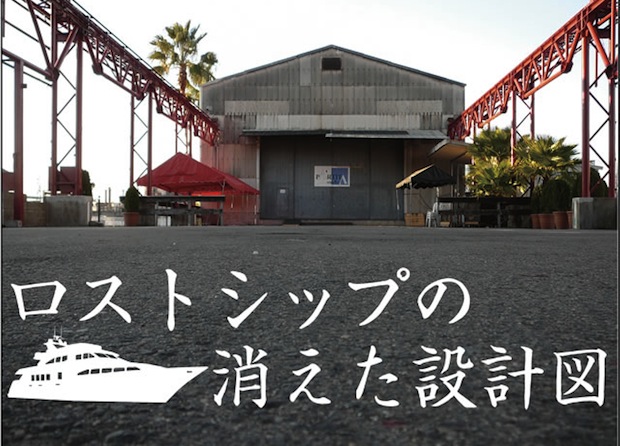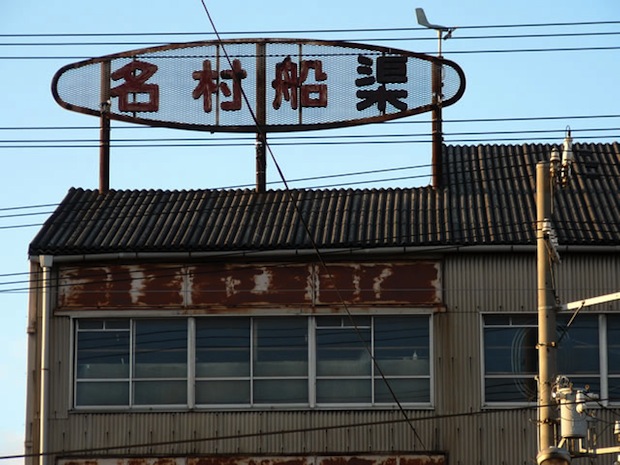Play hunt the lost ship in Osaka this weekend.
At the Creative Center Osaka (the former Namura Shipyard) there will be a “Vanished Ship Plan” event on January 27th.
Participants will be divided into teams and then you have to find the vanished blueprints over the course of sixty minutes.

It’s of course wholly appropriate that the mystery in the game is a lost ship as the Namura indeed now does not have any vessels, whereas once it was a thriving harbor.
The same could be said about much of Osaka, famed historically for its waterways but actually now home to a vacuous and depressing port area (heard of the World Trade Center Cosmo Tower, anyone?), and canals and rivers almost never used except when Hanshin Tigers fans want a place to jump into as part of their victory celebrations.
I used to live in Osaka many moons ago and often went down to the Namura, a former shipyard that now plays host to temporary events like art exhibitions, site-specific performances, and music events.

It’s actually one of the city’s best-kept secrets, not least due to the journey required to get out to it — a trip on the subway right down to the south of the city, and then a walk along alleys and through an industrial estate. It reminds you that Osaka was a real working city once upon a time and also just how much emptier and poorer the south districts are compared to the northern suburbs.
Other inventive uses of disused facilities include several art venues in Tokyo, such as the 3331 Arts Chiyoda space in a former school, the Nishi-Sugamo Arts Factory performing arts community center, likewise housed in an old school in Toshima (and which has amazing events like this “immigration camp” experience last autumn), and the old warehouse in Asakusa that is now home to Gallery ef.
Just because the Japanese economy and population are changing doesn’t mean things have to die! Let’s re-use all these great facilities rather than letting them stand derelict.




















